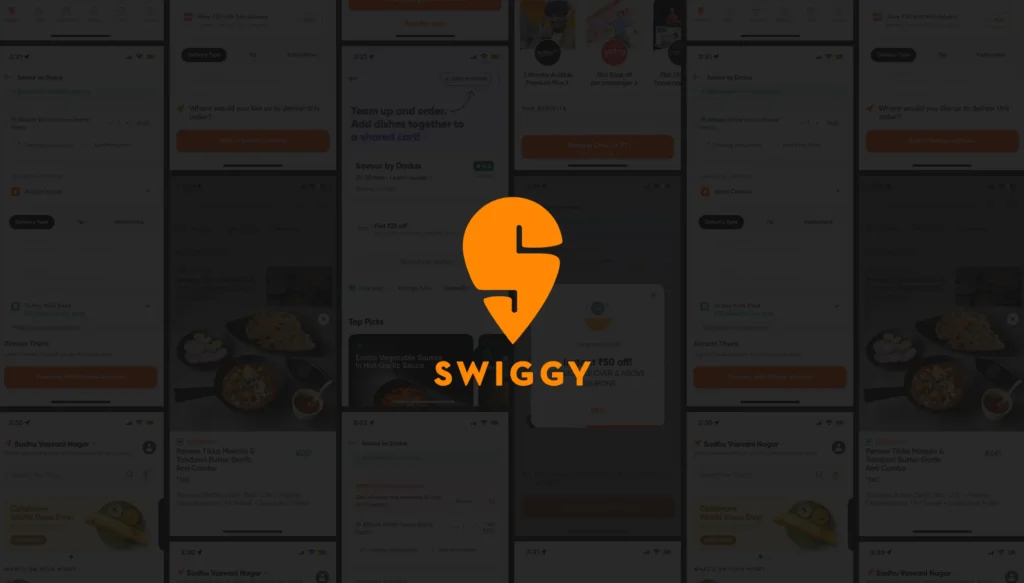Swiping into the Future of Gesture-Controlled User Interfaces
A thumbs up for approval, a wave to greet someone – these are universal gestures understood across cultures. Gesture-based interfaces tap into this innate communication system, making technology feel less foreign and more like an extension of ourselves.

Remember the days of bulky keyboards and pixelated graphics? The user interfaces (UIs) we encounter on our devices have advanced significantly, shaping our digital experiences. Today, touchscreens reign supreme, but a new wave of interaction is on the horizon: gesture control.
Gesture-based interaction promises to revolutionize the way we interact with technology. Imagine controlling your devices with a wave of your hand, a flick of your finger, or even the tilt of your head. This intuitive approach has the potential to make technology feel less like a tool and more like an extension of ourselves.
Beyond the Click: Decoding the Language of Gestures in Technology
So, what exactly is gesture-based interaction? It’s using hand and body movements to control a device. Think about scrolling through social media with a flick of your finger, pausing a video with a wave, or even manipulating objects in a virtual world with your bare hands. These are all examples of how gesture control can transform the way we interact with technology.
The key difference between gesture control and traditional interfaces lies in how natural it feels. Clicking buttons is a learned behavior, while gesturing is something we’ve been doing since infancy. A thumbs up for approval, a wave to greet someone – these are universal gestures understood across cultures. Gesture-based interfaces tap into this innate communication system, making technology feel less foreign and more like an extension of ourselves.
Applications and Impact: A World of Possibilities Awaits
The applications for gesture control are vast and constantly expanding. Here are just a few examples:
- Smart Homes: Imagine effortlessly controlling your lights, thermostat, or even your entire entertainment system with a simple wave or swipe. Gesture control can revolutionize smart home living, making it more intuitive and convenient.
- Gaming: Gesture control can transform gaming into a truly immersive experience. Imagine fighting dragons in a virtual world with your own sword-wielding arm movements, or navigating complex game menus with a flick of your wrist.
- Education: Gesture control can make learning more interactive and engaging. Imagine students manipulating 3D models in science class with a wave of their hands, or using gestures to control virtual reality simulations in history lessons.
- Accessibility: Gesture control can be a game-changer for people with disabilities. It offers a hands-free alternative to traditional interfaces, making technology more accessible and inclusive.
The potential impact of gesture control goes beyond specific applications. It has the power to fundamentally change the way we interact with the digital world, making it more user-friendly, immersive, and accessible for everyone.
Behind the Swoop: The Tech Powering Gesture-Based Interaction
The rise of gesture control wouldn’t be possible without advancements in two key areas: camera technology and machine learning.
- High-Resolution Cameras: Today’s cameras can capture our movements with incredible accuracy, providing the data needed for gesture recognition systems to function effectively.
- Machine Learning Algorithms: Sophisticated algorithms are trained to interpret complex gestures, allowing devices to understand the nuances of our movements and respond accordingly.
Leading companies like Microsoft (Kinect sensor), Sony (PlayStation Move controller), and Google (gesture-enabled smart TVs) are at the forefront of developing gesture control technology. These advancements are paving the way for a future where interacting with technology feels more natural and intuitive than ever before.
As a product owner or founder, you must consider adding gesture-based interaction to your offerings to stay current with technology trends. By embracing this innovation, you demonstrate adaptability and attract tech-savvy consumers. Plus, it opens doors to new market opportunities, helping your brand stand out in a competitive landscape.
The Human Element: Making Sure It Feels Right
Technology is just one piece of the puzzle. User adoption of gesture control hinges on the psychological and behavioral aspects of this new interaction paradigm. Here are some key considerations:
- Natural Feel: Will gesture control feel intuitive and comfortable for users? Studies suggest that people generally find gesture control to be more engaging and enjoyable than traditional interfaces.
- Consistency and Accuracy: Gesture recognition systems need to be consistent and accurate to avoid frustration. Users shouldn’t have to perform complicated or unnatural movements to get the desired response.
- Cultural Sensitivity: Gestures can have different meanings in different cultures. Designing gesture control systems that are culturally sensitive is crucial for global adoption.
By addressing these human factors, we can ensure that gesture control becomes a truly seamless and enjoyable way to interact with technology.
The Future is Gestural, Are You In?
The world of user interfaces is no longer confined to screens and buttons. With gesture control, we’re entering a new era of interaction – one that feels more natural, more immersive, and fundamentally more human.
We’re at the forefront of designing intuitive and user-friendly gesture-based interfaces. We understand the power of this technology and are passionate about crafting experiences that feel natural and engaging. Partner with us today and let our team of experts help you design a gesture-based interface that will revolutionize the way your users interact with your product.
CATEGORIES





